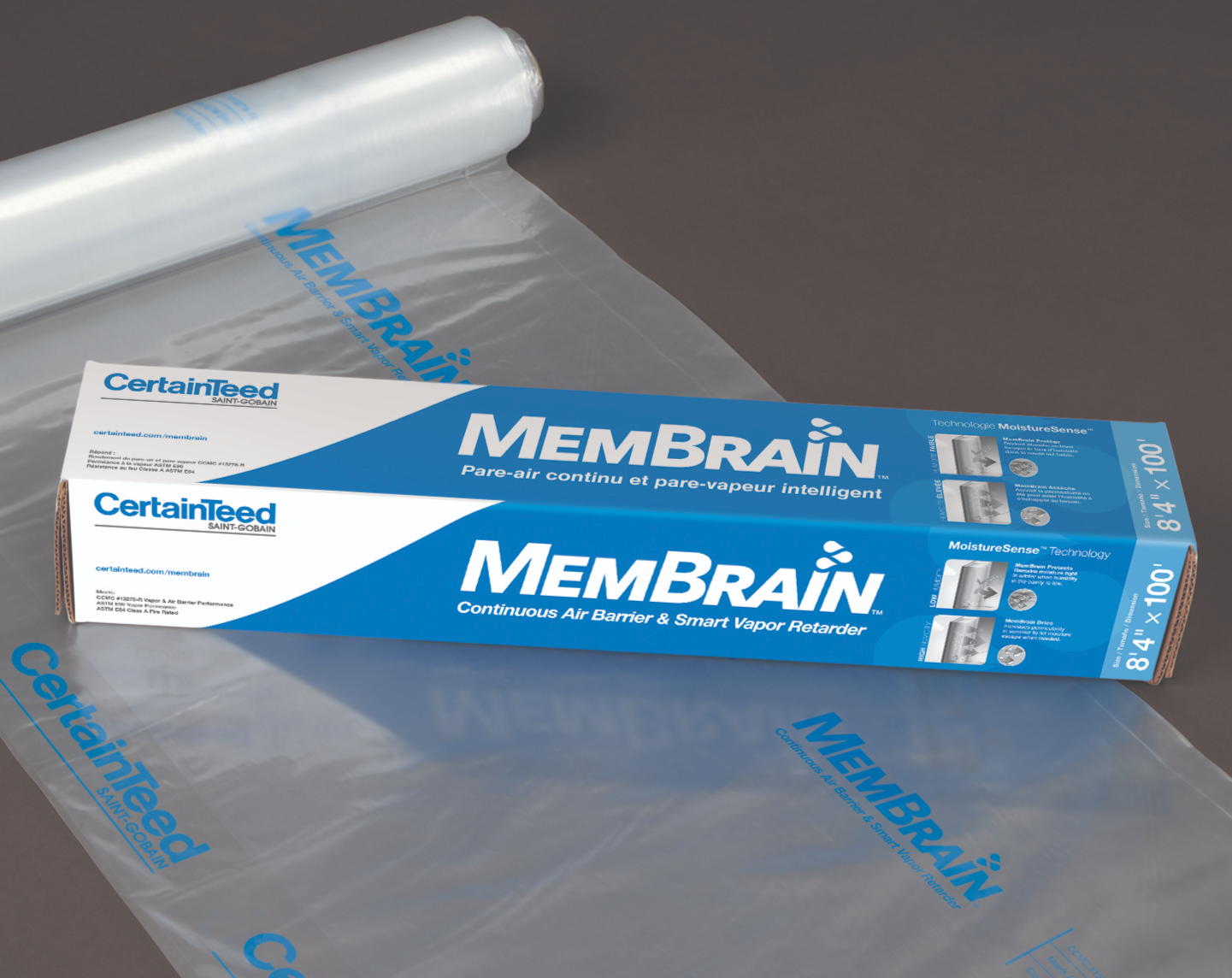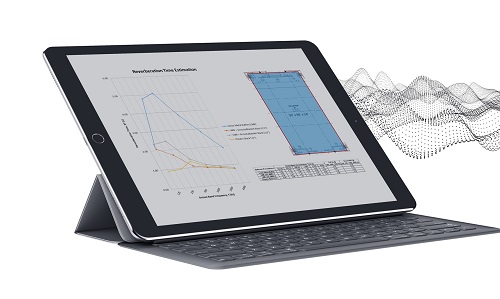Construction Moisture
Construction moisture is unavoidable, so there’s a risk all your projects face right from the start. For instance, concrete mixes require large amounts of water, and concrete assemblies take years to dry out — not weeks or months. Unfortunately, that’s one moisture source that we have to live with unless substantially reducing with the use of mass-timber construction.
Ground Moisture
It’s important to do your best to protect your building from ground moisture, such as rainwater. Use vapor barriers under concrete slabs to help keep ground moisture from migrating upward. Demand proper footing drainage at the perimeter of the building. Rainwater that hits the building should be directed away from the building and runoff should go into a drainage system or the water must be directed far enough away from the building that it doesn't accumulate at the foundation.
Mechanical Equipment
Mechanical equipment rooms can be problematic, as they’re usually located at the foundation level and frequently generate moisture. It’s important to isolate and air seal these rooms because of the strong stack effect usually associated with them.
Internal Sources
And lastly, there are many internal sources for moisture, including: commercial kitchens, lavatories, fountains, plant life, maintenance (washing floors, pressure washing of interior spaces, etc.) and people going about their daily activities. Think of all of these internal sources pressed together in a four-story office building. They might seem small in comparison to the external sources, but combined, they’re a force to be reckoned with.






